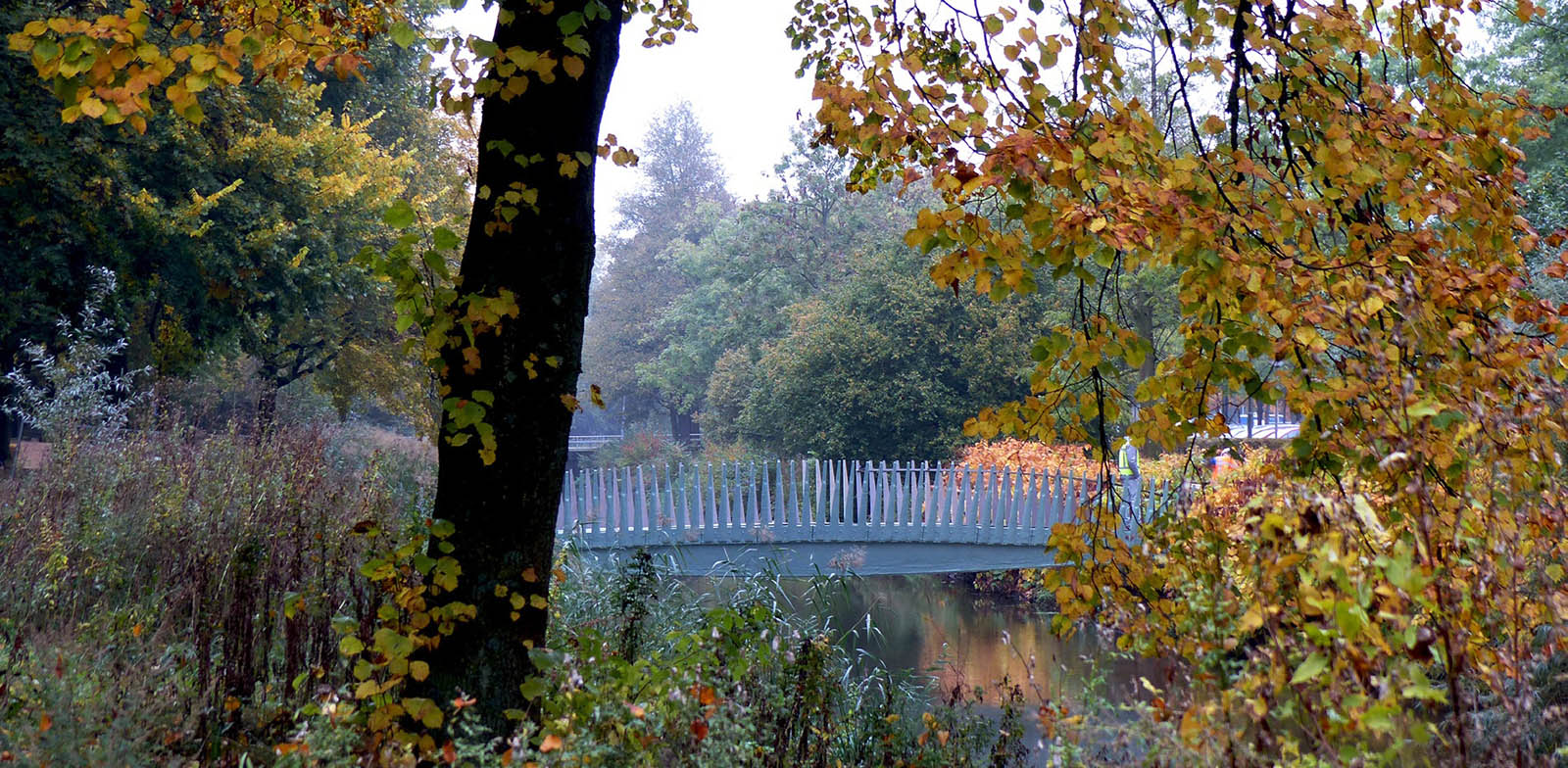Downloads
DOI:
https://doi.org/10.7480/spool.2017.2.1917Keywords:
bridge structure, bio-based composite materials, vacuum-infusionAbstract
The project aims to design, produce and realise a small, but fully bio-based composite pedestrian bridge at the campus of TU/e. So far, few bio-based building projects have been realised world-wide, but they focussed either on non-structural elements or they partially used building materials based on fossil materials.
The application of bio-based materials in the built environment is an extremely promising approach towards a more circular economy and a sustainable environment, which is one of the National Science Agenda’s themes: “Energy and raw materials: Circular economy”. Recent developments have shown that bio-based materials can provide a useful approach for recyclable objects. Until now, fully bio-based primary structural elements have not been used and the applications are limited to experiments with facades components. Building industry clients are generally hesitant to put new technologies into practice without a proof of concept and therefore this pedestrian bridge is a big step forward.
How to Cite
Published
License
Copyright (c) 2020 SPOOL

This work is licensed under a Creative Commons Attribution 4.0 International License.




